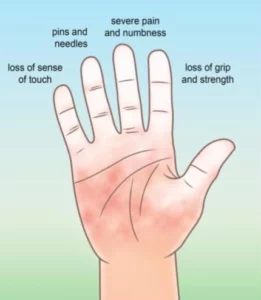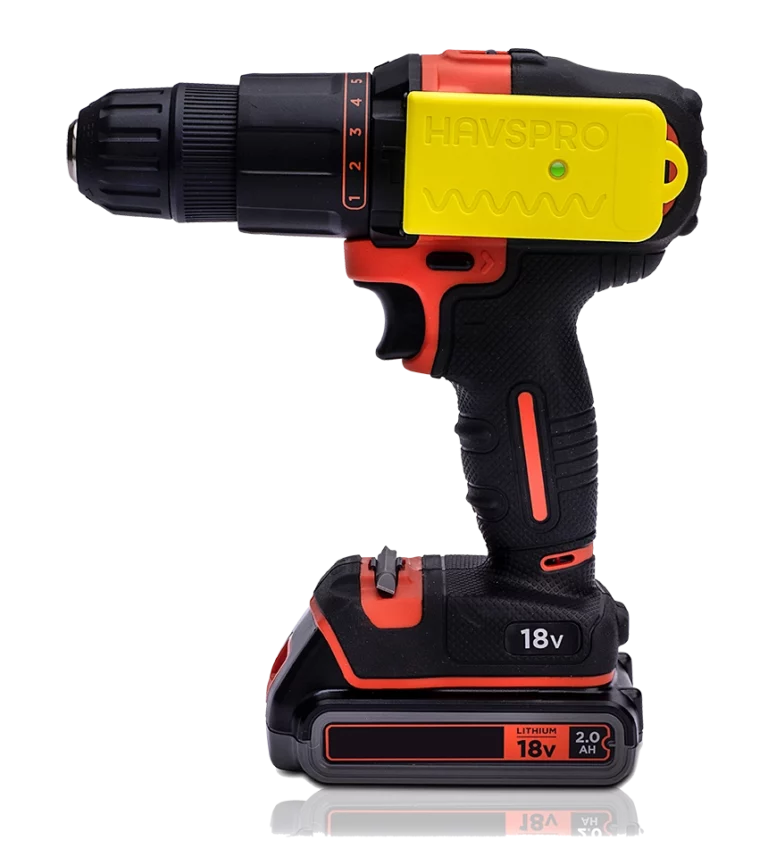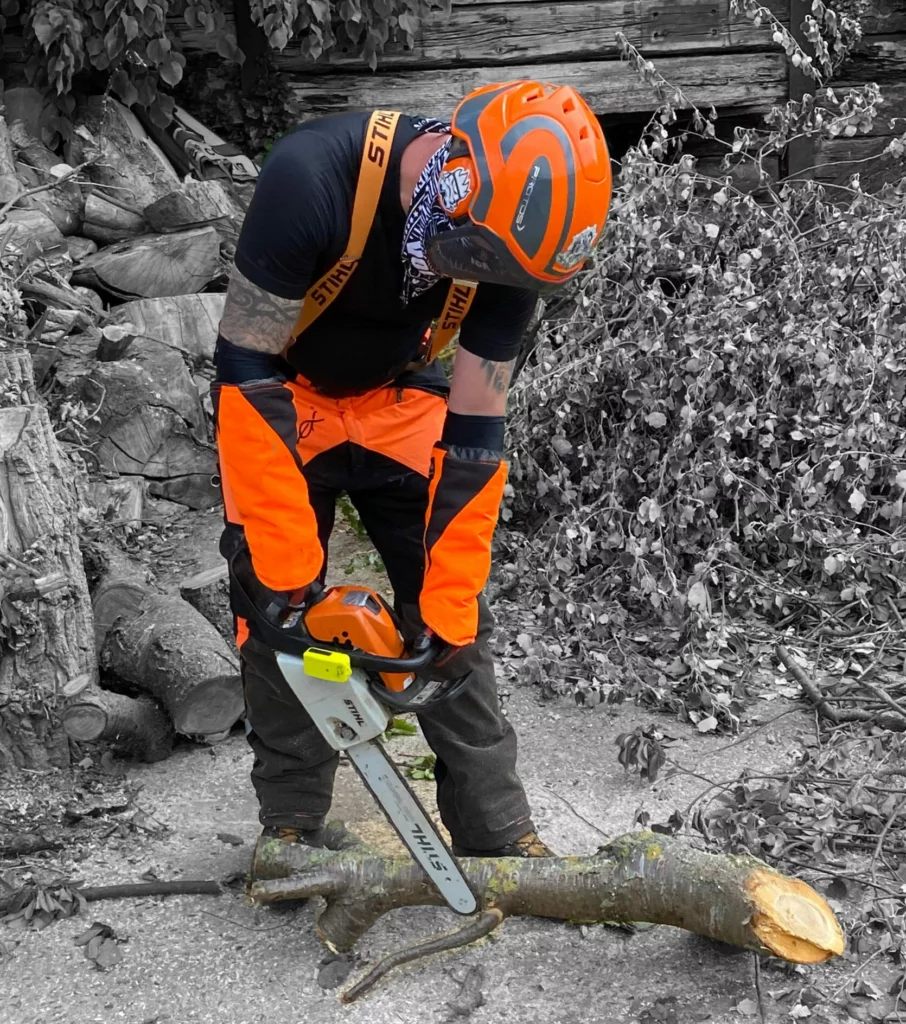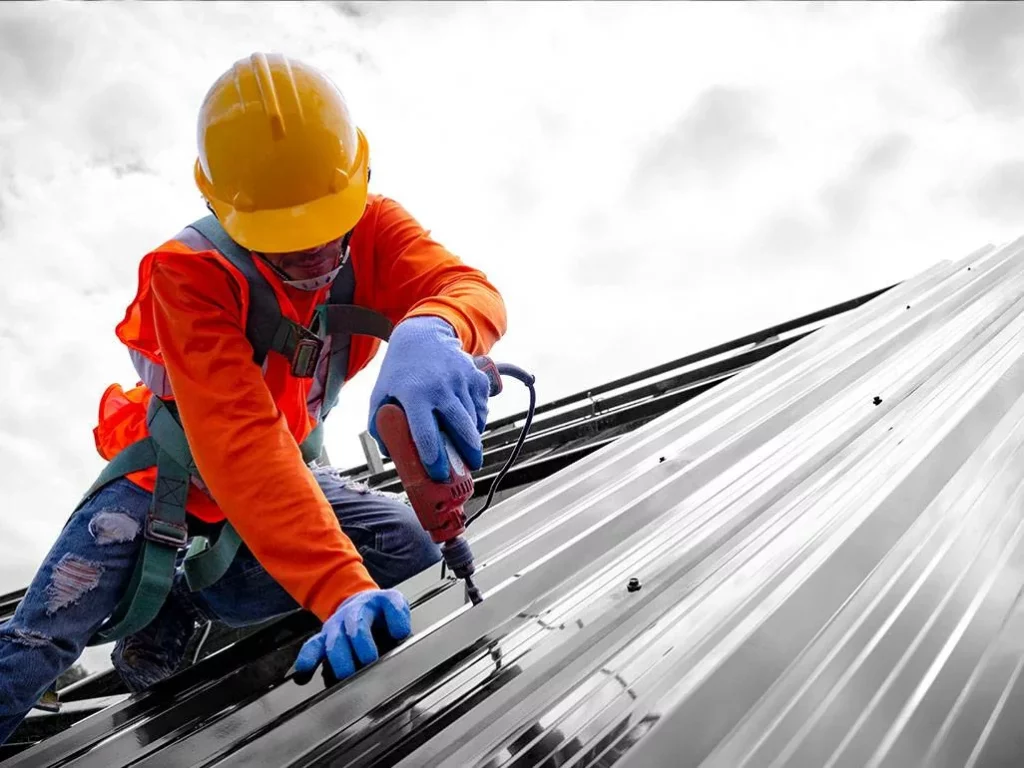Health and safety is now a fundamental part of life on a construction site, which is a vast improvement on a few decades ago. However, we all know there are still a few areas that are overlooked. This is why we are looking at the need for a vibration monitoring system for construction sites and activities.
Why do you need to monitor vibration exposure?
There are many reasons to monitor
vibration exposure, with the most important being that you need to protect your
workforce from the effects of over-exposure to vibrations.
Conditions such as HAVS (hand arm
vibration syndrome), WBV (whole body vibration) and CTS (carpel tunnel
syndrome) all have proven links to over-exposure to vibration levels, normally experienced
in the workplace.
The consequences of these illnesses are extreme and irreversible. And symptoms can be experienced in as little as six months, so monitoring vibration levels is so much more than complying with regulations.
If a workman in his thirties develops HAVS, he will have to stop working in his chosen trade and may struggle to find work. He will experience pain with even the most basic daily tasks such as mowing the lawn, using an electric shaver or playing with his children. As the dexterity in his fingers and hands continue to deteriorate, he will struggle to fasten buttons, do the washing up and even drive, reducing his quality of life considerably.

And then there are the regulations. There is a legal obligation for all organisations that use vibration-emitting devices to comply with the Control of Vibration at Work Regulations 2005 (the Vibration Regulations). A failure to comply with these regulations frequently result in fines, closely followed by compensations claims from workers who were not adequately protected from the horrible consequences of non-compliance. Here are a few fines that have made the news in 2022.
Why do you need a vibration monitoring system for construction sites?
The best place to start is to understand how the regulations require you to measure vibration levels. The Vibration Regulations include an exposure action value (EAV) and an exposure limit value (ELV) based on a combination of the vibration at the grip point(s) on the equipment and the time spent gripping it.
The exposure action and limit values are:
- a daily EAV of 2.5 m/s2 A(8) that represents a clear risk requiring management; and
- a daily ELV of 5 m/s2 A(8) that represents a high risk above which employees should not be exposed.
You can find out more about these measurements and the other regulation requirements here.
A fundamental requirement of the Control of Vibration at Work Regulations 2005 is that exposure is reduced to ‘as low as reasonably practicable’. If your workers’ exposure regularly reaching the Exposure Limit Value (ELV), then you should be looking at doing the work in a different way.
Restricting exposure to just below the Exposure Limit Value (ELV)
will still result in many workers developing hand-arm
vibration syndrome (HAVS).
The tasks and activities on a construction site can vary vastly with the tools being used changing hourly in some cases. So, as a safety conscious employer, how can you possibly protect your workforce, manage the risks of vibration exposure and comply with the regulations without implementing a vibration monitoring system?
The solution?
The HAVSPRO vibration monitoring system sits on the vibrating surface / tool / device and measures vibration levels at source. The holster is permanently fixed to the device and each worker clicks their own, unique vibration sensor onto (and off of) each device as they use it.
The vibration levels, and time exposed to it, are then collated and sent to a beacon which transmits them to a cloud-based reporting system.
The HAVSPRO system complies with BS 5349 part 2, 6.1.4.1 which states that the measurement of any vibration should be taken with the device firmly fixed to the vibrating surface. The HAVSPRO holster is attached within 10mm of the operator’s optimal grip point and measures vibration at that point.

This system ensures full compliance with minimal effort so you and your workforce can focus on your day jobs fully confident they are protected from over-exposure and that you are managing their risk to the lowest possible amount.
HAVSPRO is a proven vibration monitoring system for construction activities
We have implemented the HAVSPRO system on many large construction sites across the UK and with many local authorities who have all prioritised the safety of their workforce. They have all seen many benefits beyond the obvious including, increased staff retention, more informed decision-making and less time spent on risk assessments and risk management paperwork as this is completely automated.
The dashboard of collated vibration data has also improved planning, productivity and efficiencies across the different construction sites and locations.
Collated vibration data provided evidential business cases for investment in vibration-lowering tools, a revised consumables replacement schedule and a more even rotation of tools which means they last longer and provided better value.

In Summary
Ignoring the implications of vibration exposure on a construction site is dangerous to individuals, businesses and the industry as a whole. If you don’t protect today’s workforce, the industry will struggle to recruit tomorrow’s workforce.
Implementing a system such as HAVSPRO creates a collaborative approach to vibration management. It makes the prevention of HAVS and WBV a joint responsibility with you and your workforce working together to manage the risk and reduce the impact.
Find out more about HAVSPRO and how it can help you better protect your staff and reduce the paperwork involved in regulation compliance: 01332 547 148 or you can download our Guide Employers Guide to HAVS.

